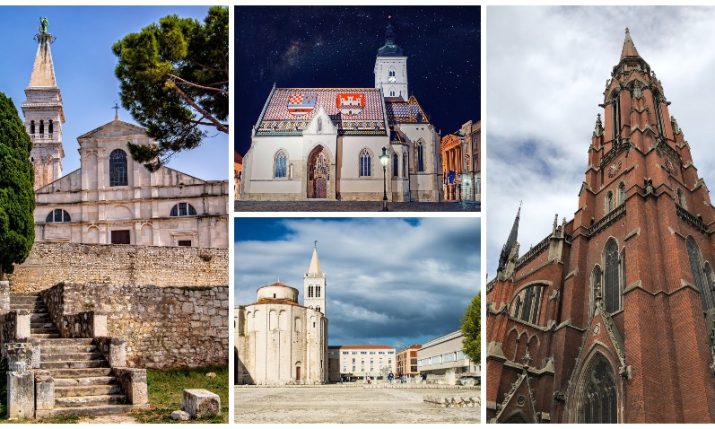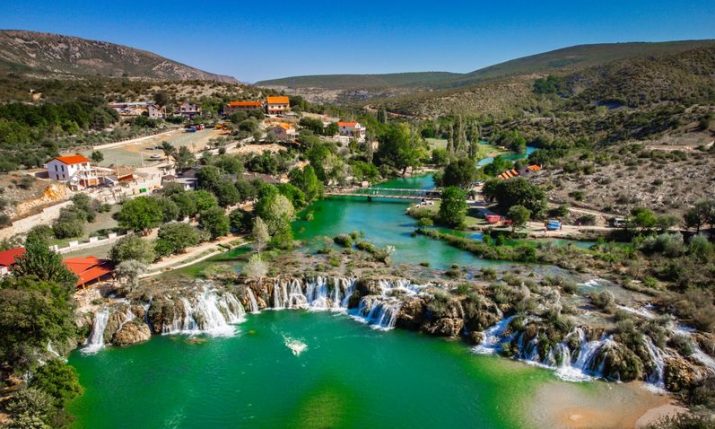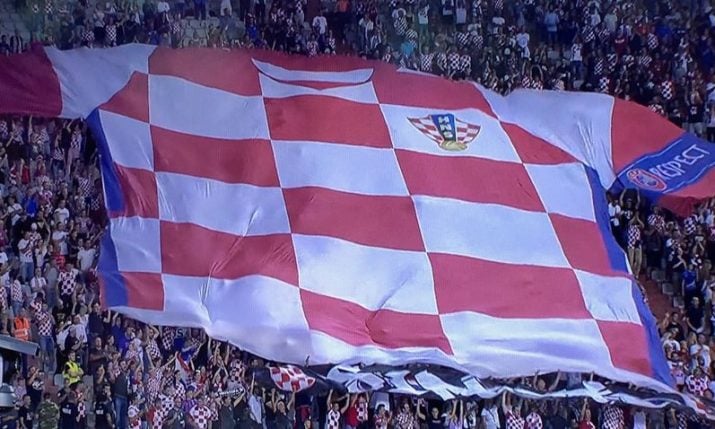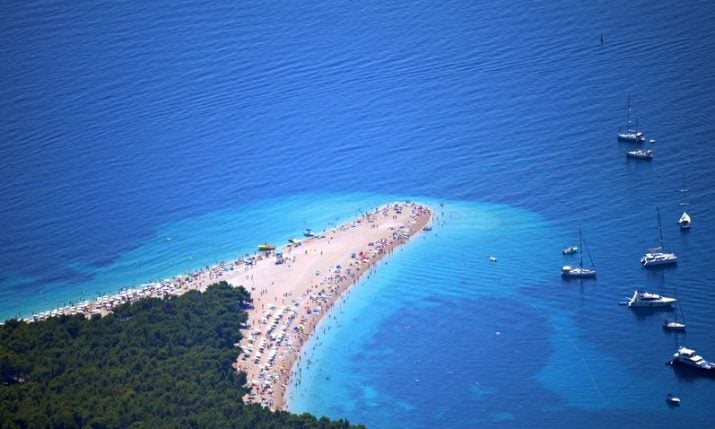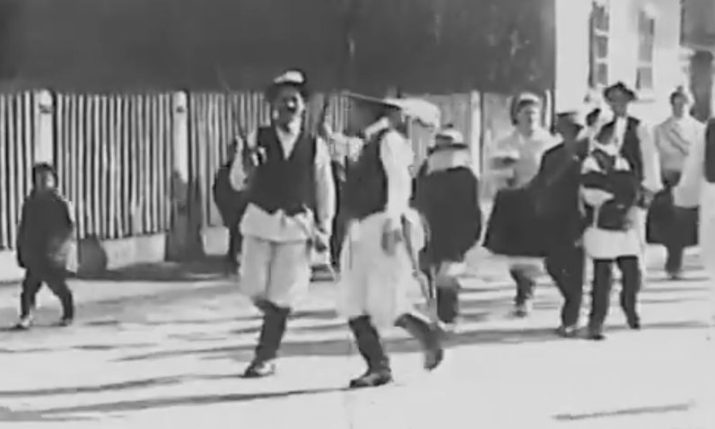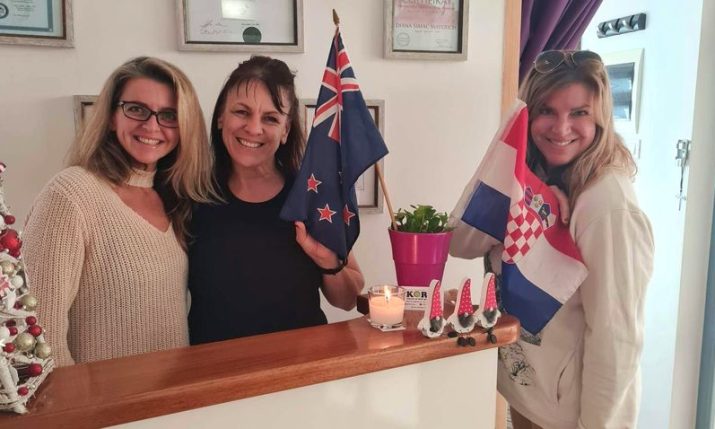Croatia Gets a New Souvenir
- by croatiaweek
- in Latest
Croatian artists Željko and Boris Rogić, inspired by the beginnings of Croatian literacy, have created a unique set of glass products which are set to be added to the number of other souvenirs one can pick up whilst visiting Croatia…
‘Svjetlost glagoljice’ (The Light of Glagolitsa), are a range of glass ornaments, including a lamp (pic below), representing the Glagolitic alphabet in its original or stylized form, and were presented at an exhibition in the northern Croatian city of Rijeka on Wednesday. The glagolitic products, which also includes clocks and plates, represent a big part of Croatia’s history, and gives visitors another option other than the tie or alcohol to bring back home from a trip.
The Glagolitic alphabet, also known as Glagolitsa, is the oldest known Slavic alphabet from the 9th century. The name was not coined until many centuries after its creation, and comes from the Old Church Slavonic glagolъ “utterance” (also the origin of the Slavic name for the letter G). The verb glagoliti means “to speak”. It has been conjectured that the name glagolitsa developed in Croatia around the 14th century and was derived from the word glagolity, applied to adherents of the liturgy in Slavonic.
In 1248, Pope Innocent IV gave the Croats of southern Dalmatia the unique privilege of using their own language and this script in the Roman Rite liturgy. Formally given to bishop Philip of Senj, the permission to use the Glagolitic liturgy (the Roman Rite conducted in Slavic language instead of Latin, not the Byzantine rite), actually extended to all Croatian lands, mostly along the Adriatic coast. In Croatia, from the 12th century, Glagolitic inscriptions appeared mostly in littoral areas: Istria, Primorje, Kvarner and Kvarner islands, notably Krk, Cres and Lošinj; in Dalmatia, on the islands of Zadar, but there were also findings in inner Lika and Krbava, reaching to Kupa river, and even as far as Međimurje and Slovenia. The Hrvoje’s Missal (Croatian: Hrvojev misal) from 1404 was written in Split, and it is considered one of the most beautiful Croatian Glagolitic books. The 1483 Missale Romanum Glagolitice was the first printed Croatian Glagolitic book. (pic: Cro Info)


